Biomarkers in Aging Research
Introduction
Biomarkers are measurable indicators of biological conditions or states. In the context of aging research, biomarkers are used to assess biological age, health status, and the risk of developing age-related diseases. They can be derived from various sources such as blood, urine, saliva, and tissues, and can include genetic, epigenetic, biochemical, physiological, and imaging parameters.
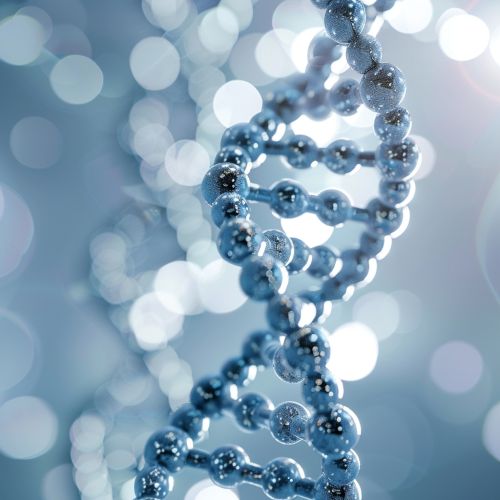
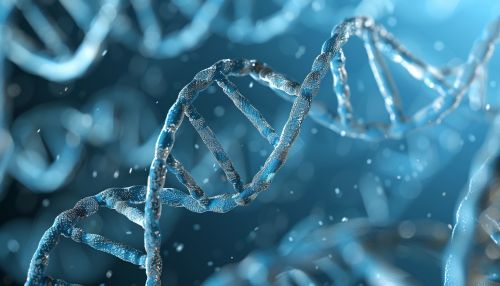
Types of Biomarkers in Aging Research
There are several types of biomarkers used in aging research. These include:
- Genetic Biomarkers: These are specific sequences in the DNA that are associated with aging. They can include single nucleotide polymorphisms (SNPs), copy number variations (CNVs), and other genetic variations.
- Epigenetic Biomarkers: These are changes in the DNA that do not alter the genetic sequence but can affect gene expression. Examples include DNA methylation and histone modification.
- Biochemical Biomarkers: These are substances found in bodily fluids or tissues that can indicate the presence of disease or the state of health. Examples include cholesterol levels, blood glucose levels, and levels of certain proteins or enzymes.
- Physiological Biomarkers: These are measures of the body's functions and can include blood pressure, heart rate, and body mass index (BMI).
- Imaging Biomarkers: These are images obtained from various imaging techniques such as MRI, CT, and PET that can provide information about the structure and function of tissues and organs.
Genetic Biomarkers in Aging Research
Genetic biomarkers in aging research are often used to study the genetic basis of aging and age-related diseases. These biomarkers can include specific genes or genetic variations that are associated with aging or longevity. For example, variations in the telomere length, which is the protective cap at the end of chromosomes, have been associated with aging and age-related diseases.
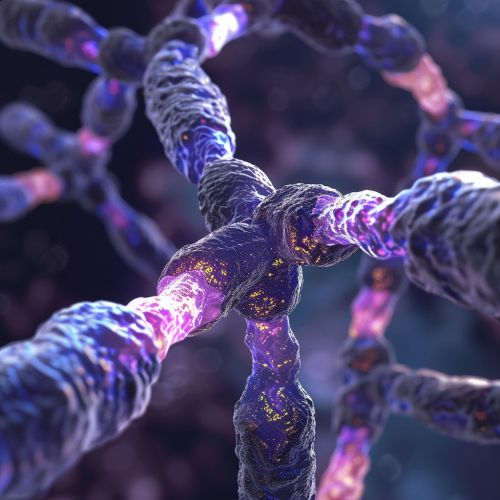
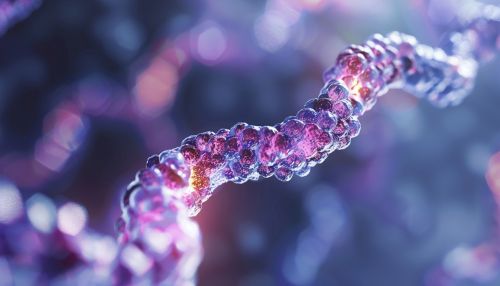
Epigenetic Biomarkers in Aging Research
Epigenetic biomarkers in aging research are used to study how changes in gene expression can affect aging and age-related diseases. These biomarkers can include DNA methylation patterns, histone modifications, and non-coding RNAs. For example, changes in DNA methylation patterns have been associated with aging and age-related diseases such as cancer and cardiovascular disease.
Biochemical Biomarkers in Aging Research
Biochemical biomarkers in aging research are used to assess the physiological state of an individual and can provide information about the presence of disease or the risk of developing disease. These biomarkers can include levels of certain proteins or enzymes in the blood, levels of glucose or cholesterol, and other biochemical measures. For example, elevated levels of the protein beta-amyloid in the blood have been associated with an increased risk of developing Alzheimer's disease.
Physiological Biomarkers in Aging Research
Physiological biomarkers in aging research are used to assess the functional state of the body and can provide information about the health status of an individual. These biomarkers can include measures of blood pressure, heart rate, body mass index (BMI), and other physiological parameters. For example, elevated blood pressure and BMI have been associated with an increased risk of developing cardiovascular disease and other age-related diseases.
Imaging Biomarkers in Aging Research
Imaging biomarkers in aging research are used to provide information about the structure and function of tissues and organs. These biomarkers can include images obtained from various imaging techniques such as MRI, CT, and PET. For example, changes in brain structure and function observed through MRI have been associated with aging and age-related diseases such as Alzheimer's disease.
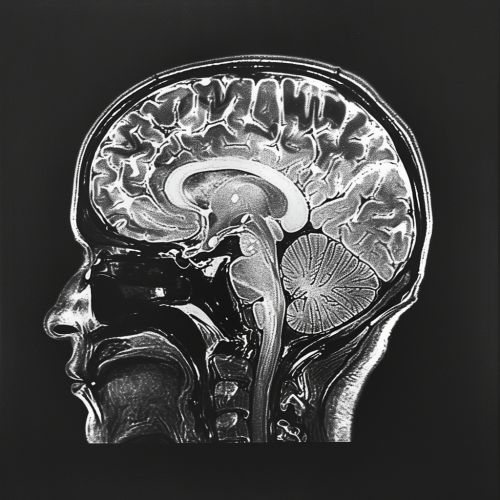
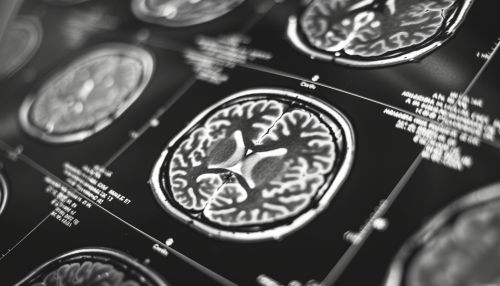
Conclusion
Biomarkers in aging research are essential tools for understanding the biological processes of aging and for assessing the risk of developing age-related diseases. They provide valuable information about the genetic, epigenetic, biochemical, physiological, and imaging aspects of aging and can help in the development of interventions to promote healthy aging and prevent age-related diseases.
